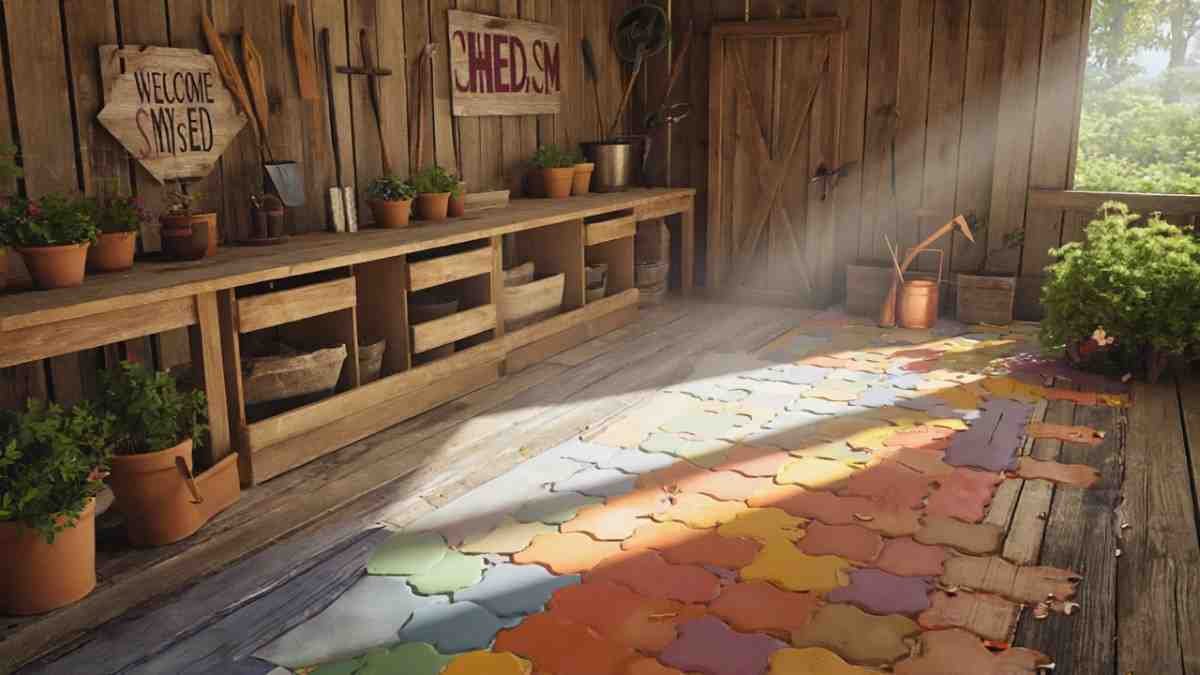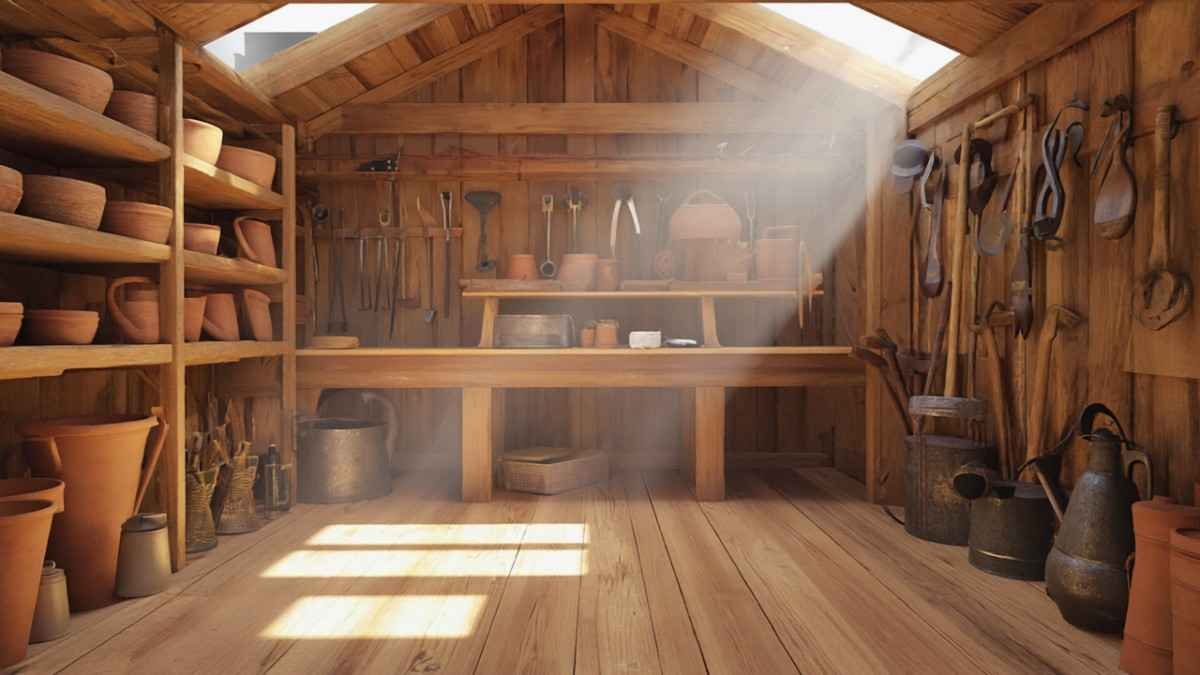So you finally got a garden shed. Maybe it’s a rustic little wooden one. Maybe it’s a tough, metal box. Or maybe it’s a plastic prefab you built in a weekend. Doesn’t matter. What does matter is that the floor? Yeah, it’s a mess. Muddy. Damp. Uneven. Cold. That’s where garden shed flooring ideas come in. This blog is gonna walk you through the gritty ground and help you pick the right floor that fits your vibe, your tools, and your garden life. Let’s dig in, shall we?
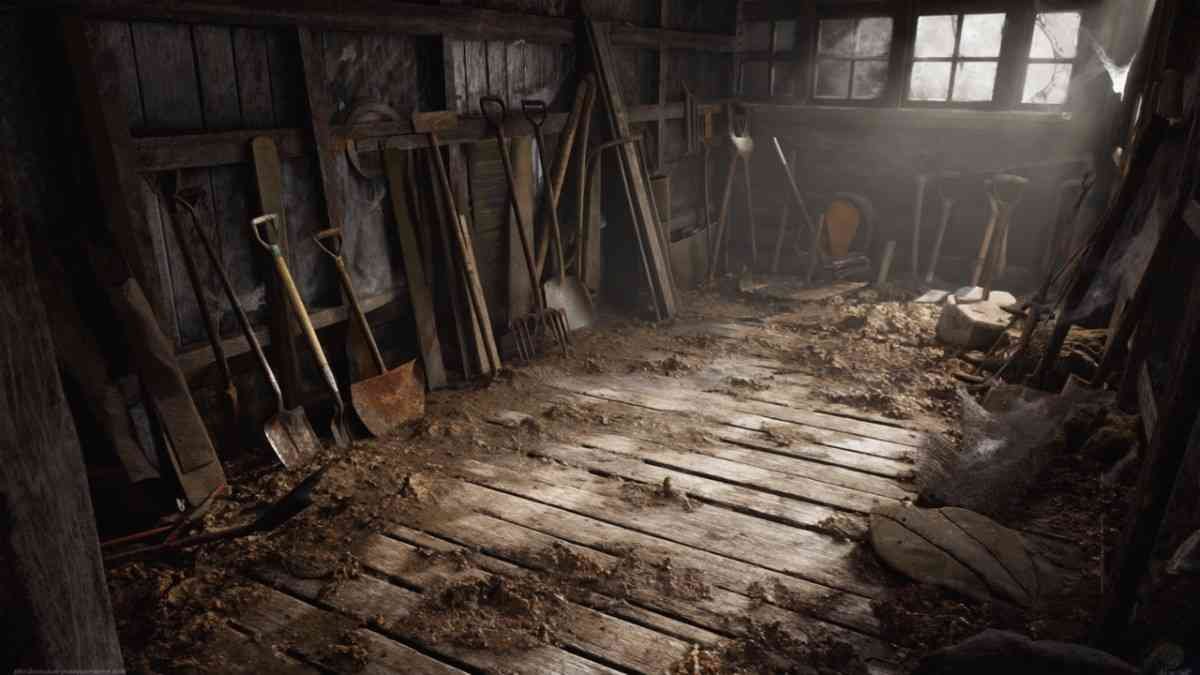
Why Garden Shed Flooring Even Matters
People often ignore the floor when setting up their shed. But think about it. You’re storing tools, maybe planting seeds, maybe potting up tomatoes or hiding out with a beer when life gets loud. All that standing, stacking, and stomping needs a solid base. With the right garden shed flooring ideas, you avoid rot, mold, cold feet, and chaos. It’s not just about looks—it’s about function, too. Flooring is the unsung hero of shed life. So yeah, it matters. A lot.
Concrete Slab: The Forever Option

Alright, first up on the list of garden shed flooring ideas is concrete. It’s not glamorous. It’s not cozy. But dang, it’s tough. Once poured, that baby’s not going anywhere for decades. No sagging. No rotting. No pest infestations. Just solid, no-nonsense flooring. If you’re building a shed from scratch, this is the long-term move. Downside? It can be cold and hard on your feet. But you can always throw a mat down or use wood panels on top. Bonus? Easy to clean, especially when muddy boots and spilt soil come into play.
Pressure-Treated Timber Floors: The Classic Pick
Now we’re talking wood. Specifically, pressure-treated timber. Why? Because it can handle the weather like a champ. Treated timber resists rot, moisture, termites—basically all the stuff your shed floor’s gonna fight. Plus, it feels warmer underfoot than concrete. That’s a win if you spend time in your shed potting plants or tinkering with tools. Among the more practical garden shed flooring ideas, timber gives you durability and that cozy, wooden shed charm. Just make sure it’s raised on a base to avoid water damage. A soggy wooden floor is nobody’s dream.
Interlocking Floor Tiles: Easy, Fast, Cool
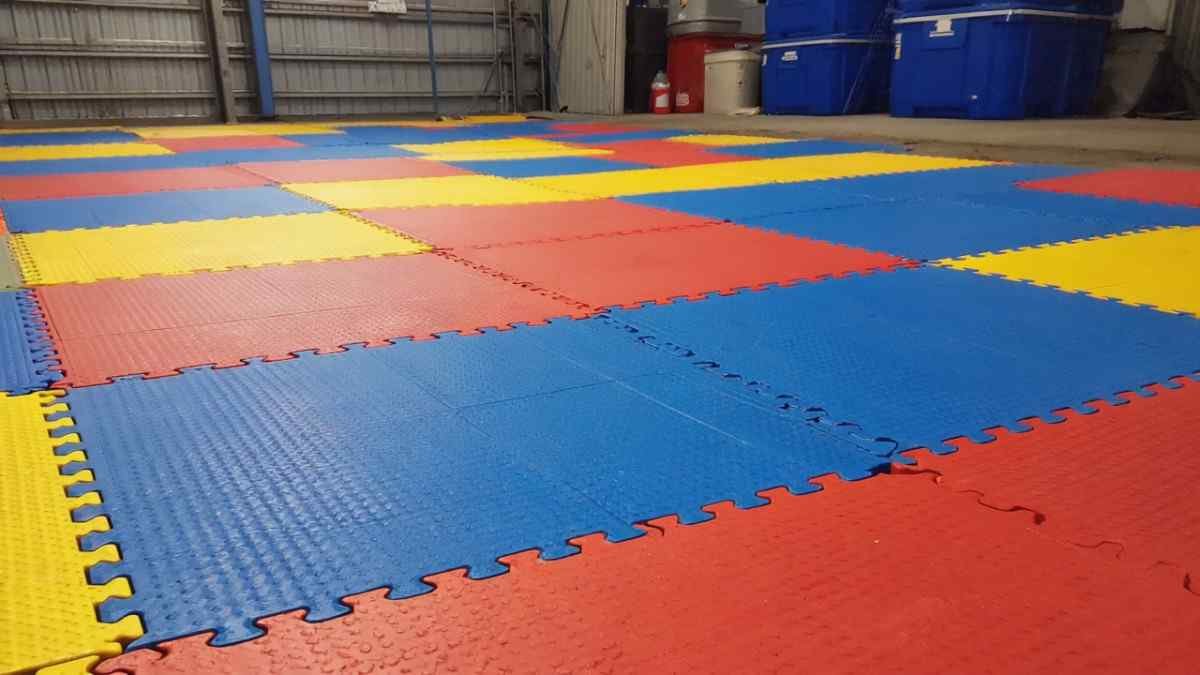
So maybe you’re not a “cut, hammer, seal” type of person. Maybe you want something you can just click together. Enter interlocking floor tiles. These plastic or rubber tiles snap together like puzzle pieces. Lightweight, quick to install, and super easy to clean. Plus, they often come in fun colors or textures. Some even have drainage built in! These tiles are one of the most versatile garden shed flooring ideas for folks who want fuss-free upgrades without calling a contractor. They’re perfect for DIYers, renters, or folks who love changing things up.
Plywood Flooring: Budget-Friendly and Strong
Here’s a wallet-friendly hero—plywood. You’ll find it in all kinds of construction, and guess what? It works wonders in sheds too. As one of the more affordable garden shed flooring ideas, plywood offers decent strength and smooth surface. It’s light, easy to cut, and simple to install over a frame or base. Best part? If one sheet goes bad, you can replace it without tearing up the whole floor. Just remember to seal it well. Plywood hates moisture, so give it a few coats of weatherproof sealant and it’ll stick around for years.
Gravel Base with Mats: Rugged but Flexible
Some people like things rough around the edges. Literally. A gravel base paired with thick rubber mats is one of the more unconventional garden shed flooring ideas, but it works. The gravel gives drainage. The mats give comfort. Together, they make a rugged, low-cost floor that doesn’t mind dirt or water. Perfect for storing heavy tools or for sheds that double as potting stations. And if you’re not into permanent builds, this setup’s easy to move or adjust. Just make sure the gravel’s level and compact, or you’ll feel like you’re walking on marbles.
Vinyl Flooring: Smooth and Stylish
Let’s get a little fancy. Vinyl flooring isn’t just for kitchens and basements anymore. It’s becoming one of the go-to garden shed flooring ideas for those who want style with function. It’s waterproof, smooth, and available in tons of colors and patterns—wood look, stone look, or even bold geometric designs. You can glue it down over plywood or even lay it as loose tiles. Easy to sweep. Easy to mop. Easy on the eyes. If your shed is more of a backyard retreat or hobby room, vinyl flooring might be your vibe.
Rubber Flooring: Bounce in Your Step
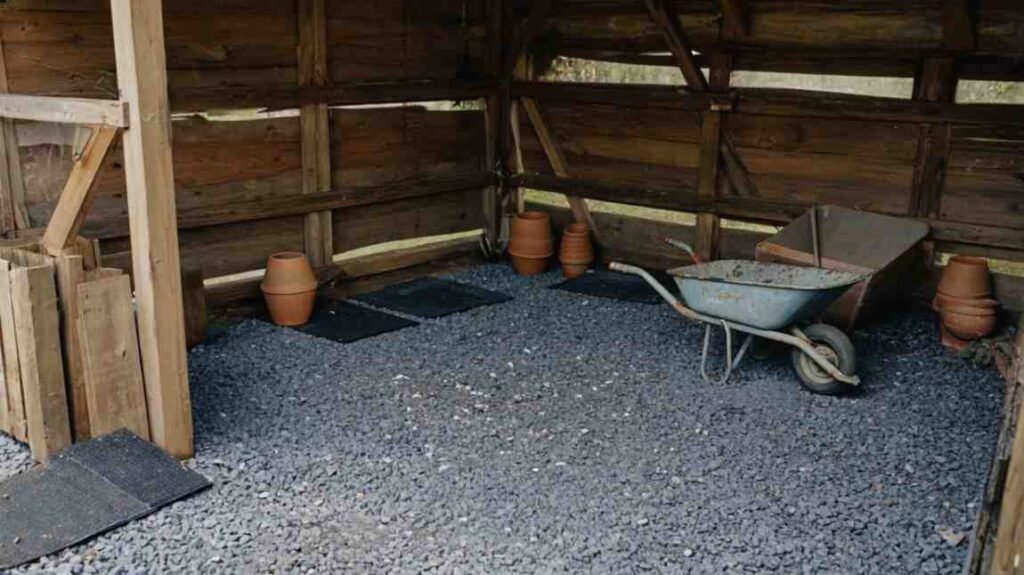
Rubber flooring is the dark horse of garden shed flooring ideas. It’s not just for gyms or garages anymore. Lay down rubber mats or rolls and you’ll get a soft, cushiony, slip-resistant floor. That matters when you’re walking in with wet boots or if you’ve got kids popping in and out. Bonus: it muffles sound. So when you drop a hammer or your spade clatters to the ground, no big echo. Great for garden sheds that double as mini gyms, craft stations, or winter workspaces. It’s comfy and tough all at once.
Pallet Wood Floors: Rustic and Recycled
Got pallets lying around? Or can grab some free from the hardware store? Then you’ve got one of the most creative garden shed flooring ideas right at your feet. Pallet wood can be repurposed into funky, rustic floors. Each plank has character—nicks, knots, grain patterns. Sand them down, stain them up, and you’ve got a shed floor that oozes charm. It’s eco-friendly too. Just be cautious—use heat-treated pallets, not chemically treated ones. And seal them up good, because unsealed pallet wood won’t last in damp conditions.
Epoxy-Coated Concrete: Glossy and Durable
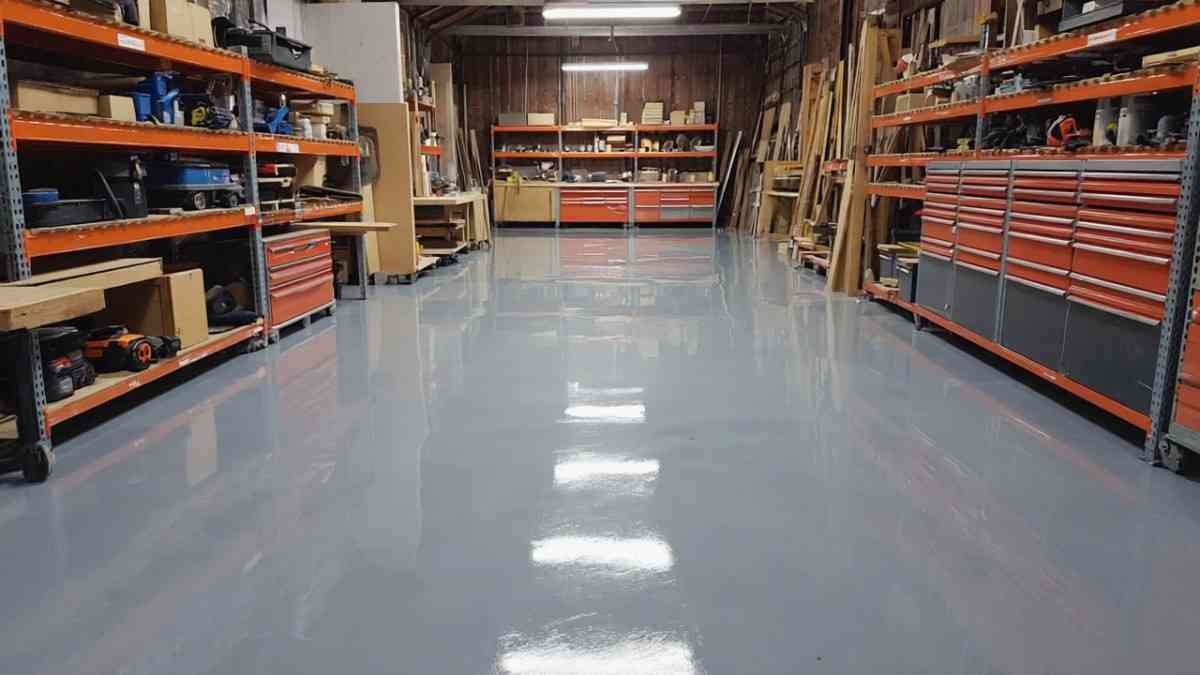
Remember that plain concrete slab we talked about? You can take it next level with an epoxy coating. This is one of those garden shed flooring ideas that feels super modern. Epoxy creates a shiny, sealed surface that’s resistant to spills, stains, and cracks. It makes the shed look clean and pro-level. Great if you’re using it as a workshop or studio. And it’s not just about looks. Epoxy adds grip and durability. One weekend, a roller brush, and boom—you’ve transformed a boring slab into a slick, wipe-clean surface that’s built to last.
Painted Wood: A Pop of Color
Okay, let’s talk creativity. Got a wooden floor already in place? Or plywood down but want to jazz it up? Paint it. Yes, paint. One of the easiest and most budget-friendly garden shed flooring ideas is just slapping on some weatherproof paint. Go bold with bright blue, sunny yellow, or calming green. Or go classic with greys and earthy tones. Not only does it protect the floor from moisture and wear, but it gives your shed personality. You can even add patterns or stencils if you’re feeling extra artsy.
Laminate Flooring: Indoors Meets Outdoors
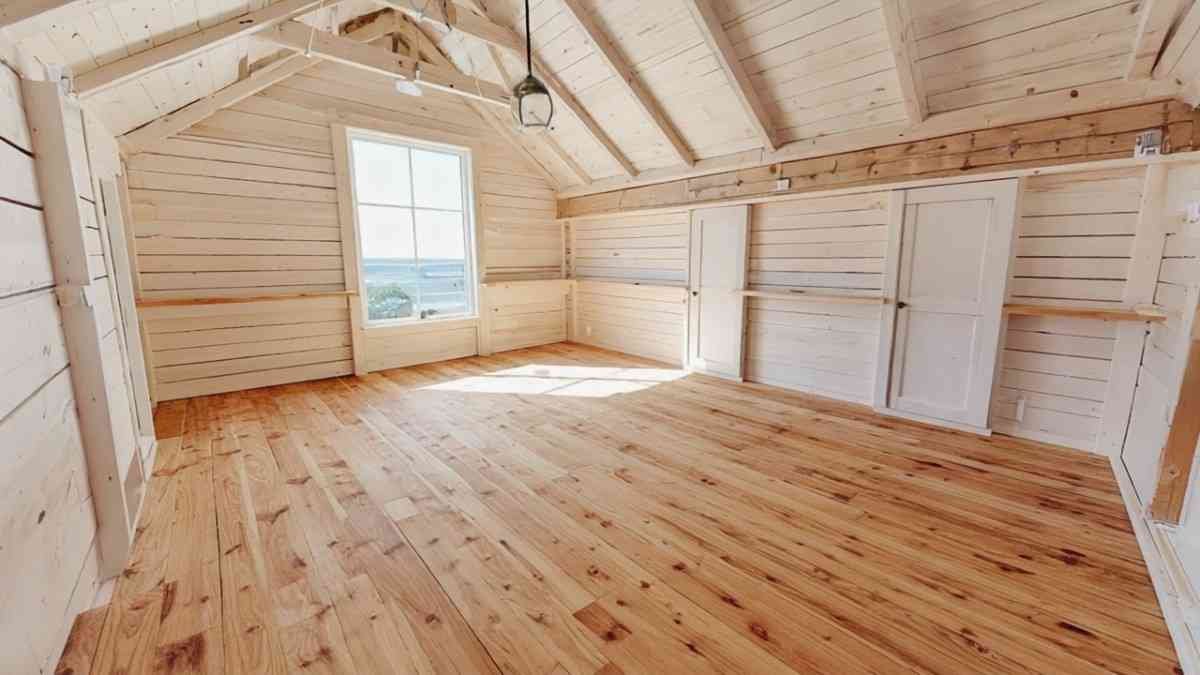
Laminate might seem like it belongs in your living room. But it has its place in sheds too. Especially the newer, waterproof versions. It’s one of those garden shed flooring ideas that blurs the line between indoor comfort and outdoor function. It clicks together easily and mimics wood or tile at a lower price point. Feels smooth underfoot, cleans up easy, and adds a touch of class to your shed. Just avoid it if your shed floods often—laminate doesn’t love standing water. But for dry setups, it’s sleek and satisfying.
Raised Flooring: Airflow is Everything
Here’s a smart move—raise your floor. Not a material, but a concept. A raised base, whether made from treated lumber, plastic bearers, or concrete blocks, helps keep your floor dry and well-ventilated. It works with almost all the garden shed flooring ideas mentioned earlier. Prevents rising damp. Keeps pests out. Makes insulation easier. Whether you’re laying plywood, tiles, or anything else, having a raised floor underneath boosts durability and comfort. It’s one of those behind-the-scenes features that makes a big difference down the line.
Insulated Flooring: Keep Warm, Stay Cool
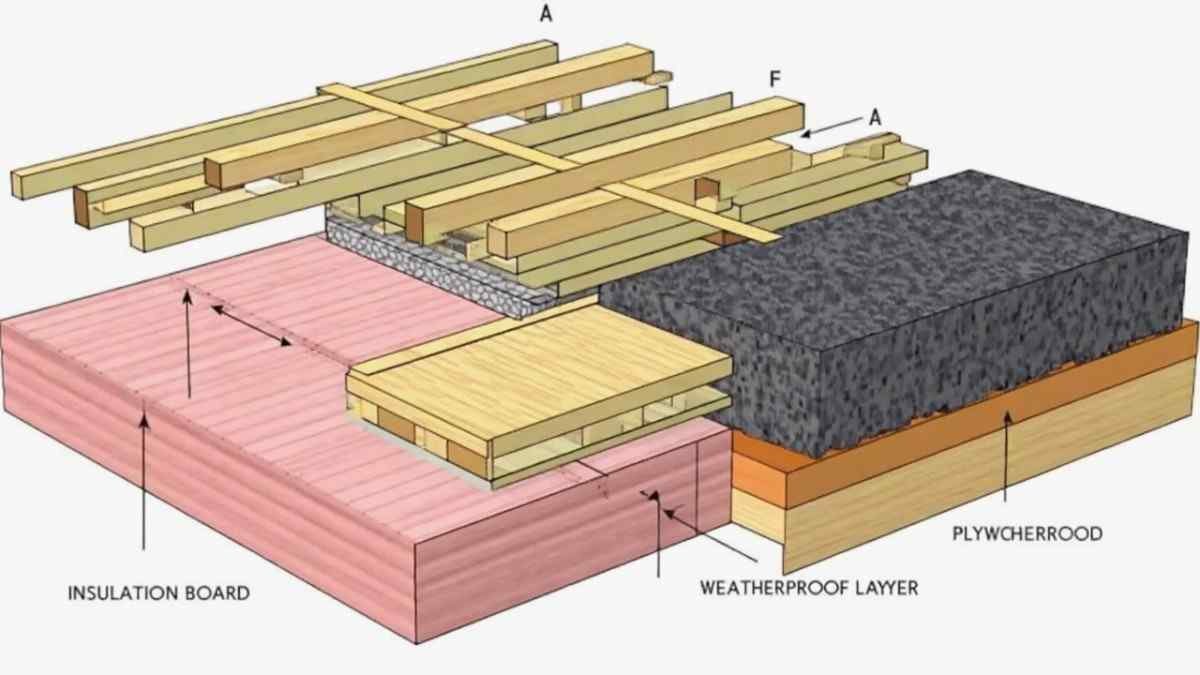
Last but not least in this first half—insulation. Whether it’s foam boards under plywood or insulated floor panels, adding insulation makes your shed a year-round space. And trust me, once you insulate the floor, you’ll wonder how you ever lived without it. Especially if your shed doubles as a chill-out zone, office, or gym. Among all the garden shed flooring ideas, insulation is the silent helper. It won’t win beauty points, but it’s essential for comfort. It traps heat, keeps moisture out, and gives you a space that actually feels good to be in.
Old Shed? New Floor.
Let’s talk second chances. Got an old garden shed that’s been through storms, seasons, and spiders? Don’t tear it down just yet. Sometimes, all it needs is a fresh floor. Seriously. One of the smartest garden shed flooring ideas for aging sheds is a full floor replacement or overlay. Depending on the base, you can lay new treated timber, roll out vinyl, or even install interlocking tiles right over the old mess. It’s like giving your shed a facelift, starting from the bottom. Your tools (and your knees) will thank you.
Weather Watch: Matching Floor to Climate
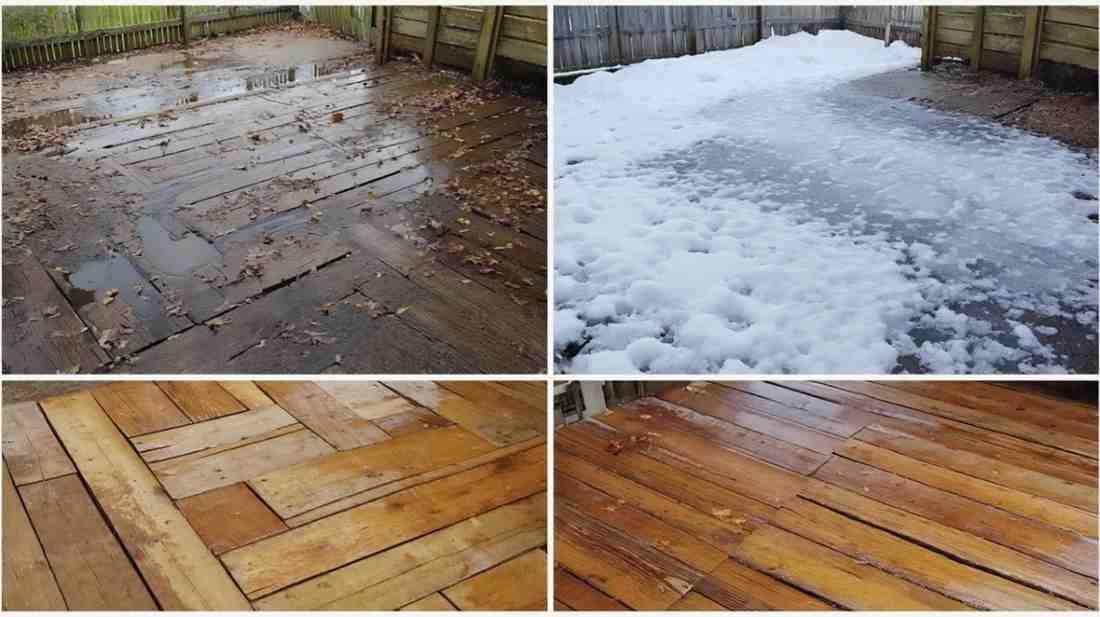
Where you live? It matters. Big time. Choosing garden shed flooring ideas that suit your climate will save you headaches later. Got a rainy backyard in the UK? Waterproof flooring like vinyl or epoxy is your bestie. Living in a dry, hot zone? Wood and laminate will do just fine. Snowy winters? You better be thinking about insulation and raised bases. Matching your floor to your local weather makes sure it lasts—and that your shed stays usable all year round. Don’t just follow trends—follow your forecast.
The Budget Breakdown
Alright, let’s talk money. Because not all garden shed flooring ideas are created equal when it comes to cost. Here’s a rough idea:
- Gravel & Mats – Cheap and simple.
- Plywood or Painted Wood – Affordable DIY favorites.
- Vinyl Sheets – Mid-range but stylish.
- Concrete with Epoxy – Pricier upfront but long-lasting.
- Laminate or Rubber Flooring – Mid to high, depending on quality.
- Raised & Insulated Floors – Add extra costs, but worth it for comfort.
So yeah, budget matters. But sometimes spending a little more now saves a lot later. Choose smart, not just cheap.
Style Matters Too
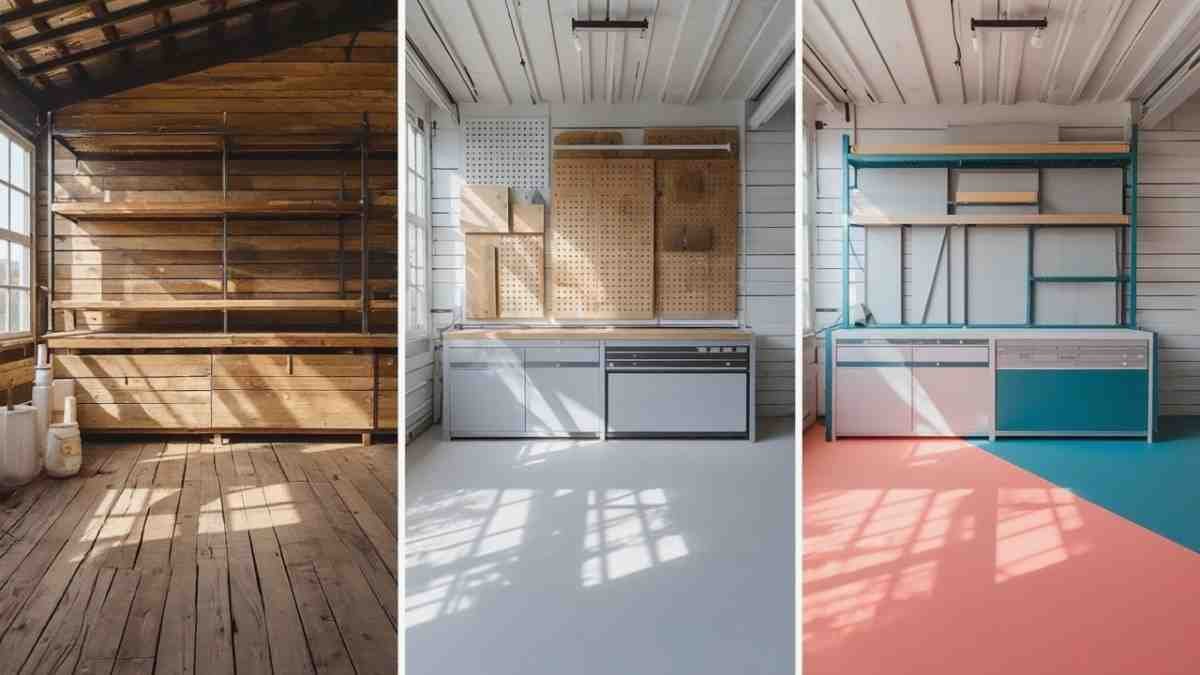
Sure, a shed is practical. But that doesn’t mean it has to be ugly. One of the underrated things about choosing the right garden shed flooring ideas is the style factor. You’d be shocked how much a warm-toned wood floor or colorful painted pattern can change the vibe inside. Want your shed to feel like a retreat? Go for natural textures. Need a pro workshop feel? Epoxy or rubber tiles scream sleek. There’s no rule that says sheds can’t have style. In fact, yours should.
Garden Sheds with a Purpose
Let’s get real. Not all sheds are the same. Some are storage-only, filled with rakes and rusty buckets. Others are full-blown potting stations, mini gyms, or even writing nooks. Your flooring choice depends on what your shed does. One of the best things about browsing garden shed flooring ideas is tailoring the floor to fit your purpose. Storing heavy gear? Go concrete. Creating an escape pod with plants and a chair? Try vinyl or laminate. It’s all about matching your ground to your goals.
Quick Installation vs. Long-Term Build
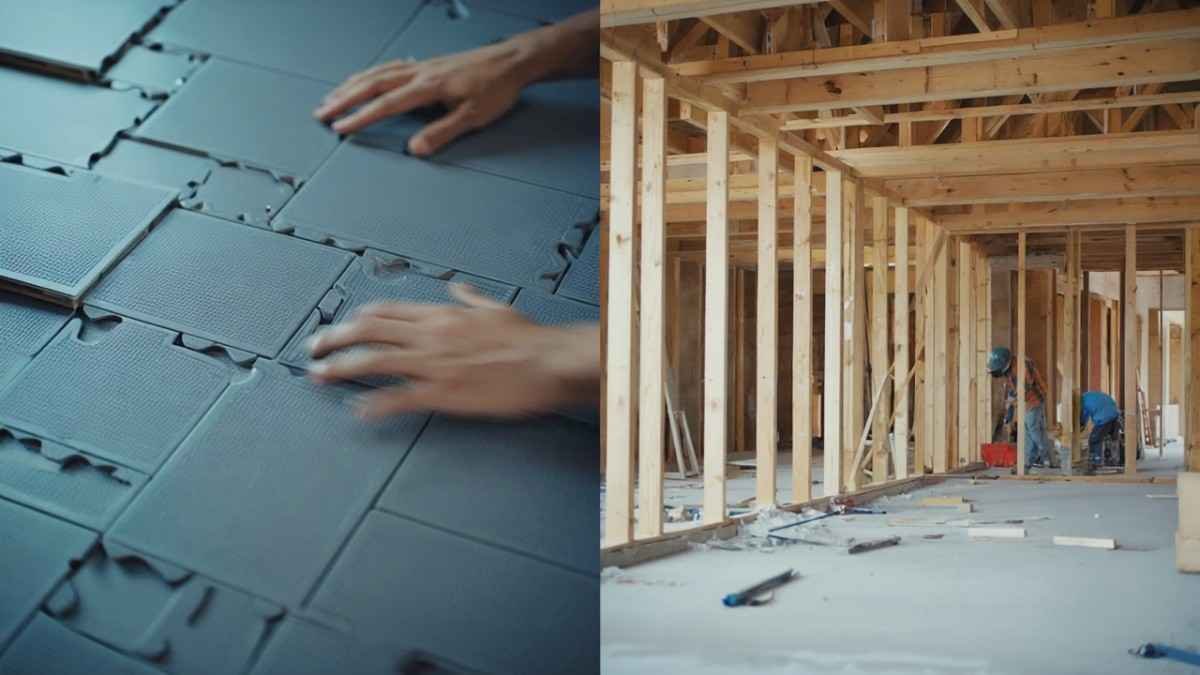
Some folks want it done this weekend. Others are cool taking time. Your timeline affects your flooring. Fast garden shed flooring ideas? Interlocking tiles, rubber mats, or rolled vinyl. Long-term builds? Think pressure-treated timber over raised joists, or concrete with a full epoxy seal. Both are valid paths. The key is choosing what fits your schedule, skill level, and shed size. If you want fast results, don’t over complicate. If you want something permanent, invest the time. It all starts with how soon you want to step on that fresh new floor.
Moisture Control = Floor Longevity
Here’s a truth bomb: if your shed floor isn’t protected from moisture, it’s doomed. Water creeps up, seeps in, and wrecks everything. So any smart garden shed flooring ideas include moisture barriers or plans to manage damp. That could mean a vapor barrier under plywood. Or a raised foundation. Or sealants on wood and concrete. Whatever material you pick, moisture control is the secret sauce that keeps things together. It’s not sexy, but it’s necessary. Protect your floor. Your future self will be so grateful.
DIY vs. Hiring Help
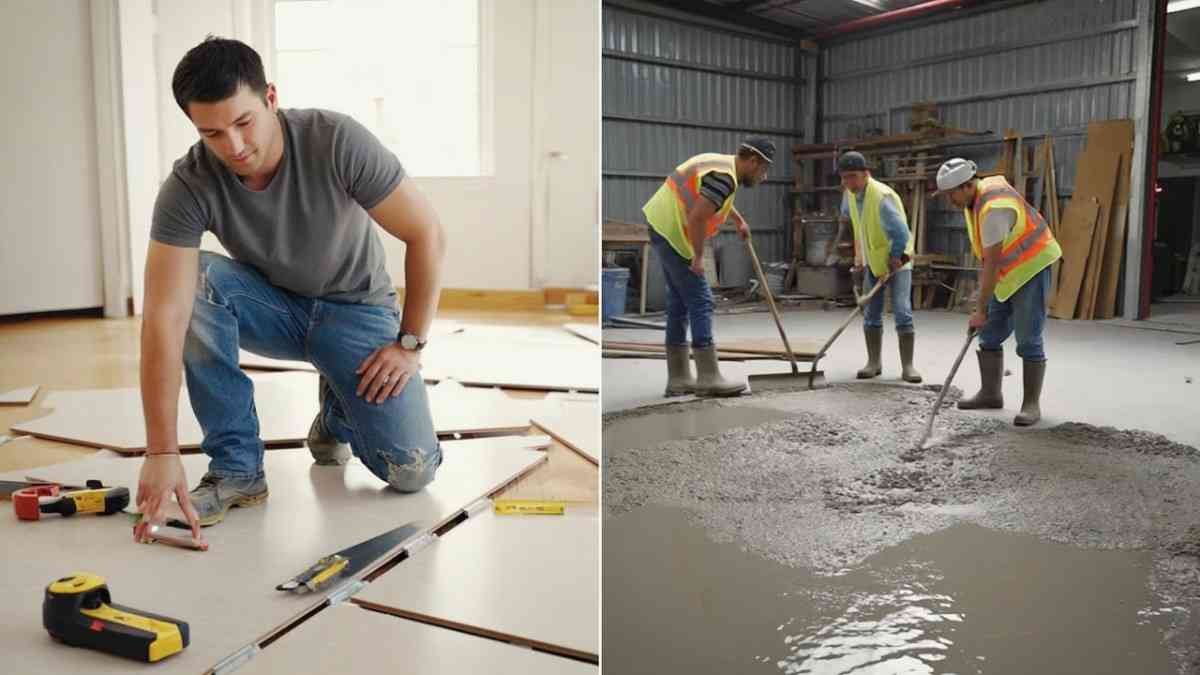
Are you the type who lives at the hardware store? Or does the thought of measuring make you sweat? That choice decides whether you DIY or call in pros. Many garden shed flooring ideas are super DIY-friendly—plywood, rubber mats, peel-and-stick vinyl. Others, like poured concrete or insulated raised floors, might need a contractor (or at least a friend who owes you one). There’s no shame in either route. Just be honest with your skills and your patience. It’s your shed. It should feel like you built it—even if someone else did the nailing.
Eco-Friendly Shed Flooring Options
Want your shed to be green? Not just in color? Then consider eco-friendly garden shed flooring ideas. Reclaimed pallet wood is a popular one. Bamboo flooring (yes, even for sheds) is another sustainable option. Cork tiles? Surprisingly durable and soft. You can even find recycled rubber tiles made from old tires. These choices cut waste and give your shed a story to tell. Plus, let’s be honest—knowing your floor helped the planet? That’s the kind of feel-good DIY we all need a little more of.
Safety First
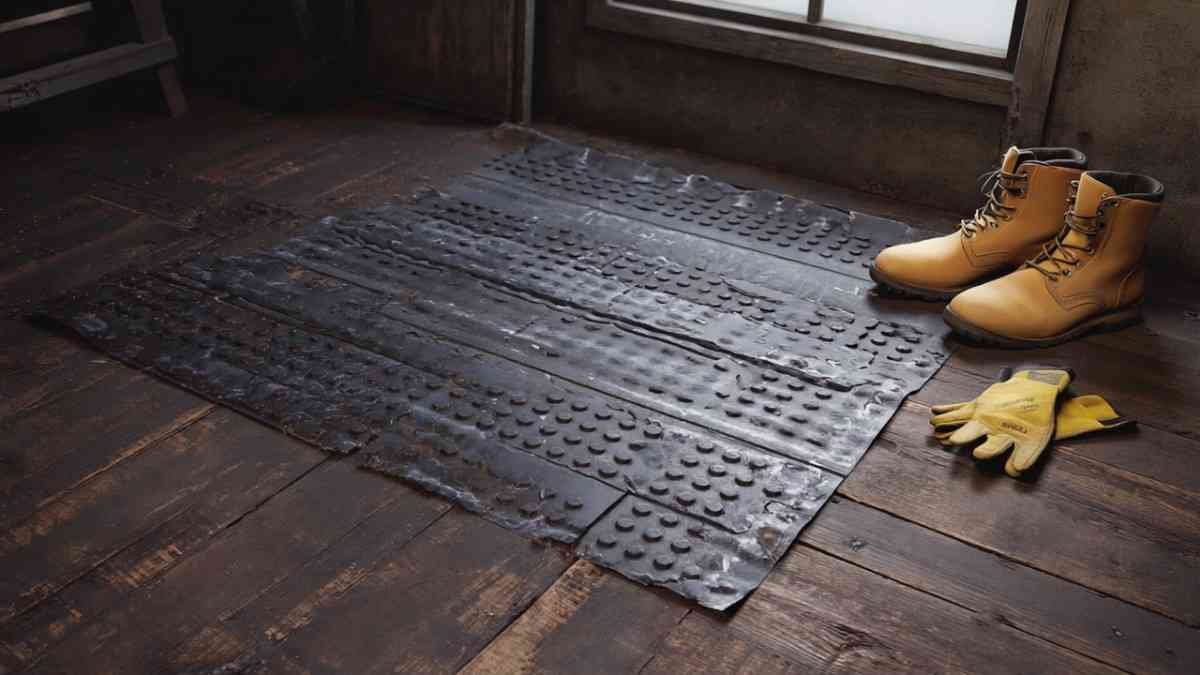
It’s easy to focus on looks or budget. But safety? That’s got to be in the mix too. Slippery surfaces, sharp edges, and splinters can ruin your shed experience fast. That’s why one of the overlooked parts of garden shed flooring ideas is slip resistance and safety. Rubber is naturally grippy. Textured vinyl can help avoid slips. Sealed wood stays smooth, but sanding edges is a must. Think about who’s using the shed. Kids? Pets? Older folks? Choose flooring that’s firm, level, and safe for everyone.
Maintenance: Set It and Forget It?
Let’s be honest. Some of us are not gonna scrub, seal, or sweep every weekend. So, low-maintenance garden shed flooring ideas are a must. Concrete with epoxy? Just a mop now and then. Vinyl? Wipe and done. Rubber? Hose it down. Compare that to wood floors that need resealing, or gravel that needs raking and weeding. Think about your tolerance for upkeep before picking a floor. If you want “install it and forget it,” stay away from high-maintenance finishes. No shame in keeping it easy.
What Real Gardeners Are Saying
Let’s not just talk theory. Real gardeners swear by different garden shed flooring ideas depending on what they use the space for. One guy I met at a seed swap? He laid old carpet over gravel—said it worked like a charm. A retired schoolteacher turned greenhouse junkie? She swears by interlocking rubber tiles for comfort and cleanliness. A young couple with a toddler? Painted plywood, soft and colorful. There’s no one-size-fits-all answer. But hearing real stories helps you imagine what might work best in your own backyard.
Your Garden, Your Rules
This part is important. There are no rules. Only options. You can mix and match garden shed flooring ideas, layer them, or switch things up every season. Put down a rubber mat where you stand, paint the back half with weatherproof paint, or lay gravel with wood panels overtop. It’s your space. Make it reflect you. Shed floors don’t have to be boring. They can be weird. Fun. Functional. Bright. As long as they’re dry, safe, and sturdy? You’re winning.
The Final Word on Shed Floors
So. After all this talk—pallets, rubber, vinyl, paint, concrete—what’s the takeaway? Flooring matters. Way more than you probably thought at the beginning of this blog. The right floor makes your shed usable, beautiful, comfortable, and long-lasting. Whether you go rugged or refined, fast or fancy, the best garden shed flooring ideas are the ones that suit your space, your style, and your everyday garden grind. Start from the ground up. Build something cool. Something cozy. Something that works. Because in gardening and in life, a good foundation makes all the difference.
Bonus Tips Before You Go
-
- Always level the ground before installing any floor.
- Check for pests before sealing or covering wood.
- Test a small area of any material to see how it holds up.
- Keep extra tiles or wood—you’ll thank yourself when something spills or cracks.
- Ventilate the shed to avoid moisture buildup from inside
